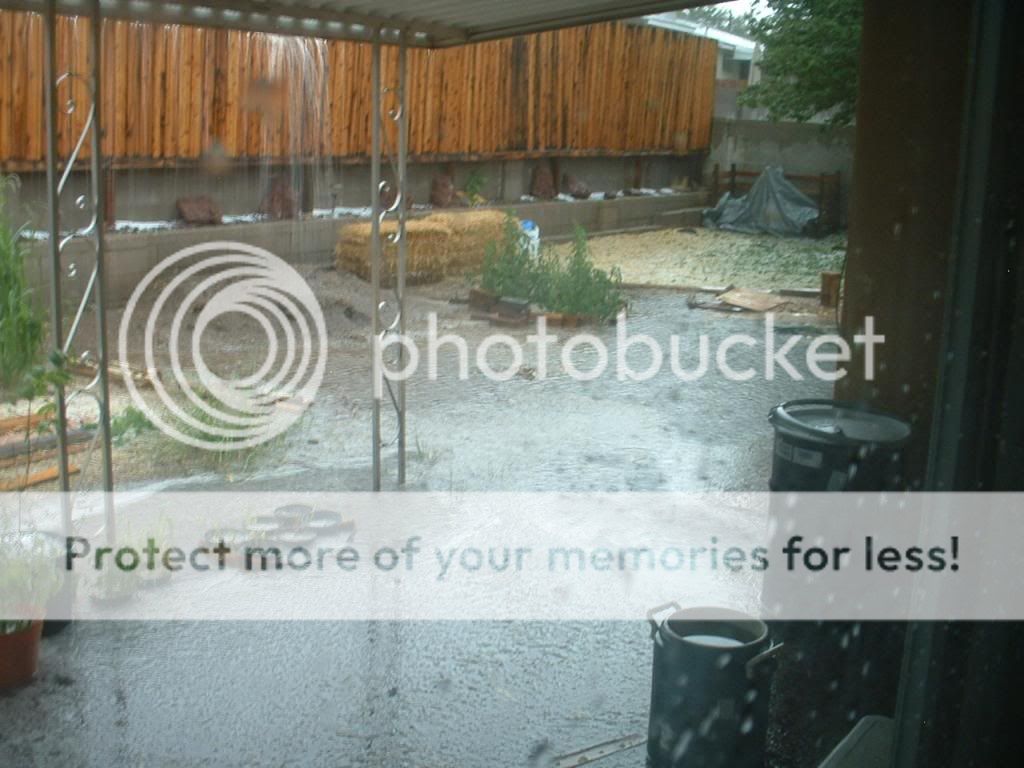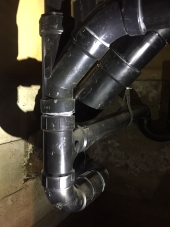
 1
1





 1
1




Brett Andrzejewski wrote:
Since I am still new to Permaculture, I wanted to gain some wisdom from others who have experienced this before.
My questions:
#1: Should I try and keep as much water in the yard as possible?
(Note: The water did soak into the ground by the next morning)
#2: Should I change the contour so that the puddle in the picture drains past the side of the house and into the front yard in a slow manner?
(Note: this is possible as the slope of the backyard is higher than the front, but would require lots of labor)
#3: Will this problem get less dramatic when the top soil and humus is built?
(Note: I am only 6 months into the Permaculture project, the soil is mostly grus, with only a small amount of organic material in it.)
#4: Should I do something else that I haven't thought of?
Thanks in advance for your help!
 1
1




Buy Our Book! Food Web: Concept - Raising Food the Right Way. Learn make more food with less inputs
Off Grid Homesteading - latest updates and projects from our off grid homestead
 1
1




Iterations are fine, we don't have to be perfect
My 2nd Location:Florida HardinessZone:10 AHS:10 GDD:8500 Rainfall:2in/mth winter, 8in/mth summer, Soil:Sand pH8 Flat

 1
1




Order copies of my book, Dairy Farming: The Beautiful Way at
www.createspace.com
Help spread the word! Thanks!
struggle - hustle - soul - desire

 1
1










Iterations are fine, we don't have to be perfect
My 2nd Location:Florida HardinessZone:10 AHS:10 GDD:8500 Rainfall:2in/mth winter, 8in/mth summer, Soil:Sand pH8 Flat




Brett Andrzejewski wrote:
The food forest will be mostly in the backyard. I need to research on the city ordinances to see if I can do a food forest in the front yard. I know most of the neighbors and they wouldn't report me for violations, but I don't all the neighbors really well yet.

| I agree. Here's the link: http://stoves2.com |





